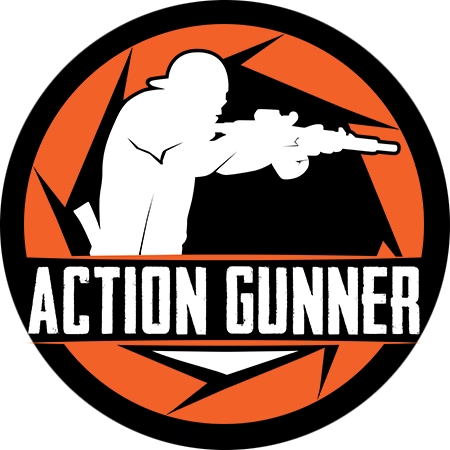How to Prevent Flinching When Firing a Pistol
Flinching is an involuntary response to the noise, recoil, and anticipation of firing a pistol. This reflex can significantly affect accuracy, and it’s a common challenge that shooters of all levels face. To fire accurately, a shooter must be able to manage and ultimately eliminate flinching. This comprehensive guide provides strategies and practices to help you prevent flinching when firing a pistol.
Understanding Flinching
Flinching occurs when the shooter anticipates the shot. It’s a natural reaction—our bodies aren’t particularly fond of loud noises and sudden jolts. However, in shooting, this anticipation leads to tensing up, jerking the trigger, or moving the gun just before the shot, all of which can throw off aim.
Technique: Dry Firing
One of the most effective techniques to prevent flinching is dry firing, which involves practicing your trigger pull without live ammunition. It allows you to focus on the mechanics of pulling the trigger without the distraction of the gun’s discharge.
Visualization and Mental Rehearsal
Visualizing the correct shooting process can help condition your mind and body to react appropriately when firing. Mental rehearsal involves imagining the steps of firing, from aiming to trigger pull to the sound and recoil, to normalize the experience.
Ball and Dummy Drill
The ball and dummy drill is an exercise where a shooting partner loads the pistol with a mix of live rounds and snap caps (dummy rounds). The shooter won’t know when the dummy rounds are chambered, so when they pull the trigger on a dummy round, any flinching will be apparent without the gun actually firing.
Trigger Control
Improper trigger control can exacerbate flinching. It’s essential to pull the trigger straight back with steady pressure, using just the pad of your index finger. This control helps minimize the anticipation of the shot.
Breathing Techniques
Breath control is a critical factor in preventing flinching. Taking deep breaths before shooting can relax the body and reduce the tendency to flinch. Exhale partially before pulling the trigger, and hold your breath as you shoot to maintain stability.
Grip and Stance
A firm, consistent grip on the pistol helps manage recoil and reduce flinching. Your stance should also be stable and comfortable, providing a solid platform for shooting. Experiment with different grips and stances to find what works best for you.
Progressive Training
Start with a low-caliber pistol if you’re new to shooting or struggling with flinching. As you become more comfortable, progressively train with higher calibers. This gradual increase allows you to become accustomed to the noise and recoil incrementally.
Use of Ear Protection
The noise of a gunshot can trigger flinching. Quality ear protection when firing to dampen the sound and reduce the startle response. I like to double up and wear both foamies and over-the-ear-muffs to reduce the noise as much as possible, especially when shooting indoors.
Relaxation and Focus
Tension in the body can lead to flinching. Practice relaxation techniques, such as progressive muscle relaxation, to reduce overall tension. Stay focused on the front sight and the target, rather than the anticipation of the recoil and noise.
Regular Practice
Consistent practice is key to overcoming flinching. Regularly spend time at the range working on the techniques mentioned, and your flinching will decrease over time.
Live Fire Practice
When you do practice with live ammunition, start with a small number of rounds. Concentrate on your technique with each shot, rather than rapid firing, which can reinforce bad habits like flinching.
Stay Positive and Patient
Flinching is a common issue, and it can be discouraging. Stay positive and patient with yourself as you work through these techniques. Recognize that improvement takes time and practice.
Seek Professional Instruction
Consider working with a qualified instructor who can provide personalized feedback and help you with techniques to prevent flinching.
In Conclusion
Flinching is a natural response to firing a pistol, but it can be managed and minimized with proper training and techniques. Dry firing, mental rehearsal, the ball and dummy drill, and proper trigger control are all effective methods to prevent flinching. Remember to use relaxation techniques, practice regularly, and seek professional instruction if needed. With patience and persistence, you can overcome flinching and become a more accurate and confident shooter.

